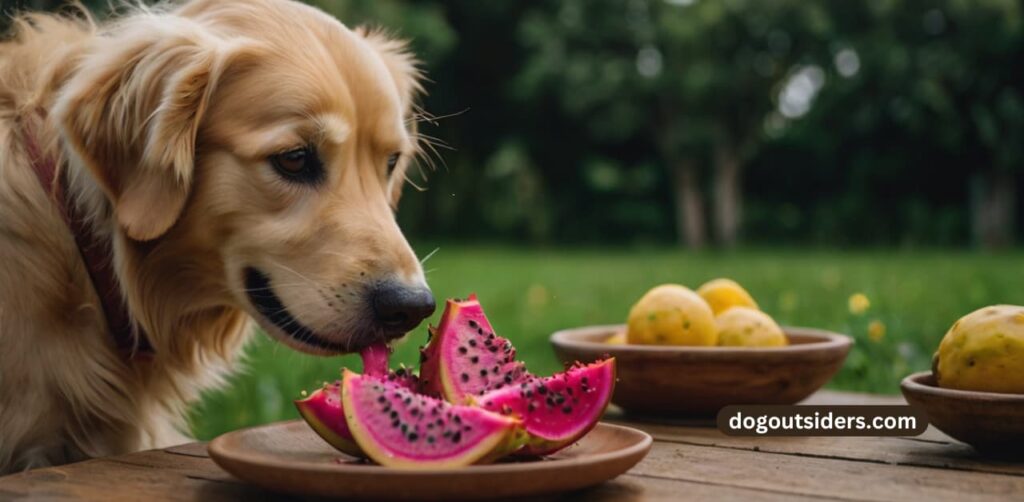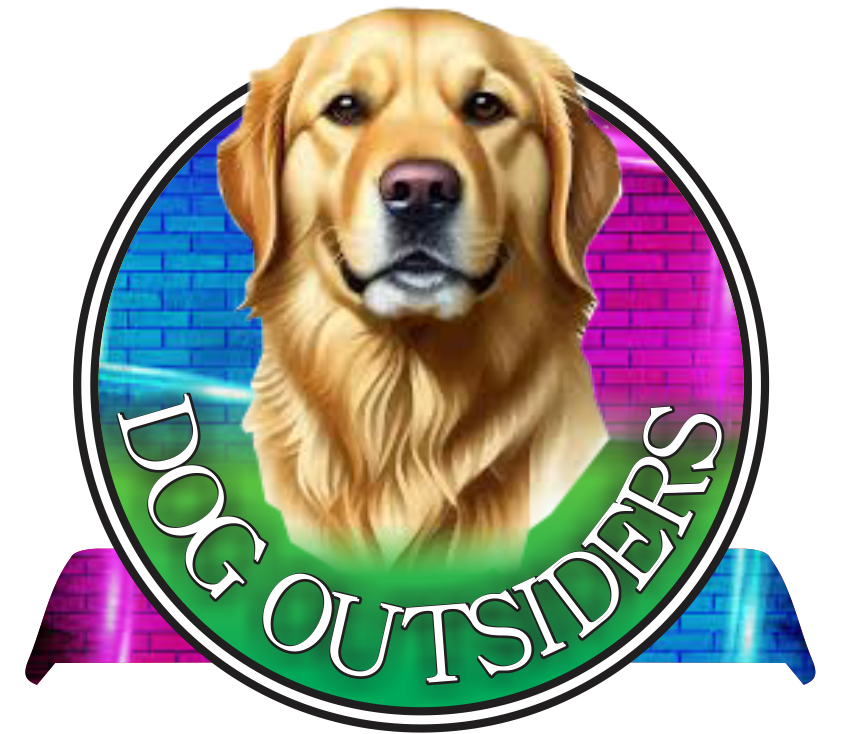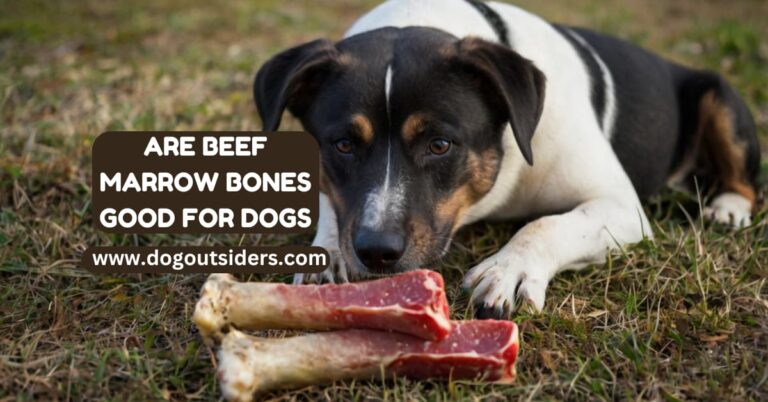Did you know that dragon fruit is packed with vitamins and antioxidants? I often wonder if my furry friend can share in this tasty treat of delicious fruit or wet dog food, as I check the dog food labels for much fruit. Can dogs eat dragon fruit? This exotic fruit may seem harmless, but I need to know if it’s safe for my pup and wet dog food. In this post,This article will examine the advantages and possible drawbacks of incorporating dragon fruit into a dog’s diet. It’s vital to be aware of what foods are safe for our furry companions, including both wet dog food and vibrant fruits, to ensure their overall well-being. Let’s investigate if this striking fruit can be safely included in your dog’s meals.
Key Takeaways
- Dogs can safely eat dragon fruit in moderation, making it a healthy treat option for your pet.
- Dragon fruit provides essential nutrients such as vitamins C and B, antioxidants, and fiber, which can support your dog’s overall health.
- Always remove the skin of the dragon fruit before feeding it to your dog, as the skin can be tough and difficult to digest.
- Introduce dragon fruit gradually into your dog’s diet to monitor for any allergic reactions or digestive issues.
- Consult with your veterinarian before adding new foods like dragon fruit to ensure it aligns with your dog’s dietary needs.
- Remember that treats, like those from a fruit stand or tropical fruit, should only make up a small portion of your dog’s daily caloric intake to maintain a balanced diet.
Can Dogs Eat Dragon Fruit

Safe Consumption
Dragon fruit is safe for dogs to consume in moderation. This tropical fruit offers a unique taste and texture that some dogs enjoy. I have seen my dog sniffing around when I eat dragon fruit, curious about this vibrant treat.
Gradual Introduction
It’s important to introduce new foods gradually. Start with a small piece of tropical fruit, like dragon fruit skin, and monitor your dog for any adverse reactions. Signs of an upset stomach or allergies may appear. If I notice any changes in my dog’s behavior or digestion, I would stop giving it to him immediately.
Occasional Treat
Dragon fruit should be treated as an occasional treat rather than a staple food. While it contains beneficial nutrients, it does not provide all the necessary vitamins and minerals for dogs. Feeding too much can lead to digestive issues. I prefer to give my dog a few bites during special moments instead of making it a regular part of his diet.
Nutritional Benefits for Dogs

Hydration Support
Dragon fruit has high water content. This makes it a refreshing treat for dogs, especially during hot days. Hydration is crucial for healthy dogs. I often notice how my dog enjoys fresh fruits during summer. Keeping canines hydrated helps maintain their energy levels and overall health.
Antioxidant Properties
Antioxidants found in dragon fruit may help combat oxidative stress in dogs. These compounds protect cells from damage caused by free radicals. Including foods rich in antioxidants could support a dog’s immune system. I always check dog food labels to ensure they contain beneficial ingredients like these.
Digestive Aid
The fiber content in dragon fruit aids digestion. Fiber promotes gut health and regular bowel movements in dogs. A healthy diet should include various sources of fiber. Certain berries and other fruits also provide similar benefits. I sometimes mix dragon fruit into my dog’s wet dog food for added nutrition.
In summary, dragon fruit offers hydration, antioxidants, and fiber. These nutritional benefits can enhance a dog’s diet and overall well-being. Always consult a vet before introducing new foods to your dog’s diet to ensure suitability.
How to Safely Introduce Dragon Fruit into Your Dog’s Diet

Safe Introduction of Dragon Fruit to Your Dog’s Diet
| Features | Pros | Cons | Differences |
| High in fiber | Aids in digestion | May cause diarrhea if too much is consumed | Dragon fruit provides more fiber than most fruits |
| Rich in antioxidants | Boosts immune system | Potential allergic reactions | Dragon fruit contains more antioxidants than many other fruits |
| Low in calories | Helps with weight management | Can be a choking hazard if not cut into small pieces | Dragon fruit has fewer calories compared to other fruits |
- Step 1: Start by introducing small amounts of dragon fruit to your dog’s diet to observe any adverse reactions.
- Step 2: Remove the seeds as they can pose a choking hazard to your furry friend.
- Step 3:Cut the dragon fruit into small, manageable pieces to prevent choking.
- Step 4:Monitor your dog for any signs of digestive issues such as vomiting or diarrhea after consuming dragon fruit.
- Step 5: Gradually increase the amount of dragon fruit in your dog’s diet if no adverse reactions are observed.
- Step 6: Consult with your veterinarian before making any significant changes to your dog’s diet, including the introduction of new foods like dragon fruit.
Remember, every dog is different, so it’s essential to pay attention to how your furry companion reacts to new foods. By following these steps and monitoring your dog’s response, you can safely introduce dragon fruit into their diet and provide them with a tasty and nutritious treat.
Safety of Dragon Fruit Skin
Peeling Necessity
I recommend peeling dragon fruit before giving it to dogs. The dragon fruit skin is often tough and not very palatable for pets. While the skin is non-toxic, it can create issues. Dogs may struggle to chew it properly.
Choking Hazards
The skin can pose a choking hazard. If a dog bites off a piece that is too large, they could choke. The skin may lead to digestive problems. Dogs have sensitive stomachs, and anything unusual can upset them.
Monitoring After Consumption
After offering dragon fruit to your dog, monitor them closely. Observe for signs of discomfort or distress. I once gave my dog a new fruit without checking its effects first. It was a learning moment when I noticed she had an upset stomach later.
If your dog shows any negative reactions, consult your veterinarian immediately. They can provide guidance on safe dragon fruit snacking and alternatives if needed.
Overall, while the flesh of ripe dragon fruit is safe and nutritious, caution with the dragon fruit skins is essential. Always prioritize your dog’s health and comfort when introducing new foods.
Precautions for Feeding
Consult a Veterinarian
Before adding dragon fruit to a dog’s diet, I recommend consulting with a veterinarian. Each dog is unique, and some may have allergies or sensitivities to certain foods. A vet can provide tailored advice based on your dog’s health history.
Cut into Small Pieces
Cutting dragon fruit into small, manageable pieces is crucial. Large chunks can cause choking hazards. I always ensure that any treat I give my dog is easy to chew. This simple step can prevent emergencies during snack time.
Avoid Overfeeding
Overfeeding dragon fruit can lead to digestive upset. Dogs have sensitive stomachs. Too much of this exotic treat may result in diarrhea or vomiting. Limit the amount you give your dog to avoid these issues.
Being aware of other fruits like bananas, pears, and apricots can also help. Some fruits are safe while others, like raisins, are toxic to dogs. Always research before introducing new treats.
In my experience, moderation is key when it comes to feeding dogs exotic treats. Observing how my dog reacts to new foods helps me make better choices in the future.
Alternative Fruits That Are Safe and Beneficial for Dogs
Comparison Table: Alternative Fruits for Dogs
| Fruit | Features | Pros | Cons |
| Blueberries | Rich in antioxidants | Supports brain health | Can cause stomach upset in excess |
| Watermelon | Hydrating and low-calorie | Provides vitamins A and C | Seeds can be a choking hazard |
| Pineapple | Contains bromelain enzyme | Aids in digestion | High in natural sugars |
| Strawberries | High in fiber and vitamin C | Promotes heart health | Allergies possible |
| Bananas | Potassium-rich | Energy boost for active dogs | High sugar content |
- Examples of Safe Fruits for Dogs:
- Blueberries
- Watermelon
- Pineapple
- Strawberries
- Bananas
- Steps to Introduce Fruits to Dogs:
- Wash fruits thoroughly.
- Remove any seeds or pits.
- Cut fruits into bite-sized pieces.
- Offer in moderation to avoid digestive issues.
- Monitor for any allergic reactions.
Incorporating alternative fruits into your dog’s diet can provide a variety of health benefits. Blueberries are packed with antioxidants, while watermelon offers hydration and essential vitamins. Pineapple contains the bromelain enzyme for improved digestion, and strawberries are high in fiber and vitamin C. Bananas are a great source of potassium for an energy boost. Remember to introduce these fruits gradually and in moderation to ensure they are well-tolerated by your furry friend.
Final Remarks
I’ve explored whether dogs can safely enjoy dragon fruit and highlighted its nutritional perks. The benefits are clear, but I emphasized the importance of caution. Always remove the skin and introduce this exotic treat gradually to avoid any digestive issues.
Feeding my dog dragon fruit can be a fun way to diversify their diet. Just remember, moderation is key. If you’re considering adding this vibrant fruit to your pup’s meals, start slow and watch for any reactions. Let’s keep our furry friends happy and healthy! Share your experiences with dragon fruit in your dog’s diet below.
Frequently Asked Questions
Yes, dogs can eat dragon fruit in moderation. It’s a safe and nutritious treat that provides vitamins and antioxidants.
No, the skin of dragon fruit is not recommended for dogs. It can be tough to digest and may cause gastrointestinal issues.
Peel the dragon fruit and cut it into small, manageable pieces. This makes it easier for your dog to chew and digest.
Start with a small piece, about one to two tablespoons. Monitor your dog for any adverse reactions before increasing the amount.
Puppies can have dragon fruit, but consult your veterinarian first. Their digestive systems are more sensitive than adult dogs.







5 Comments